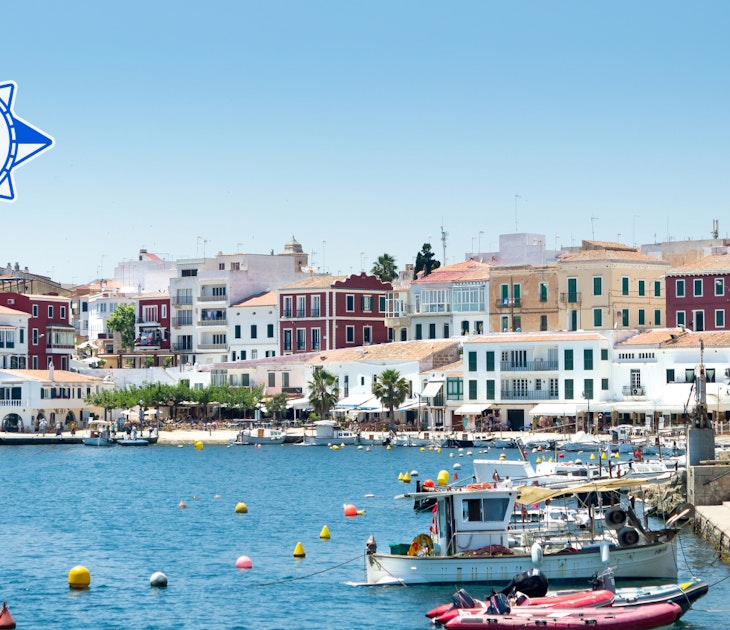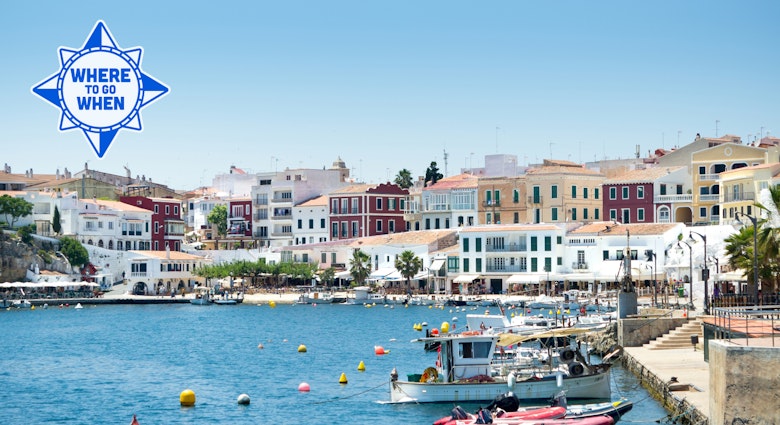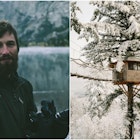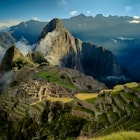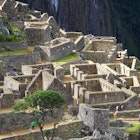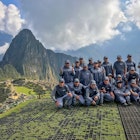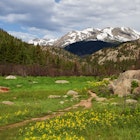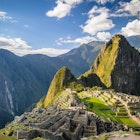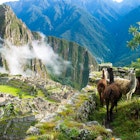Far from the hubbub and predictability of Peru’s Gringo Trail (comprising the sights around Machu Picchu, Cuzco and Puno), the verdant and isolated Northern Highlands are home to many Inca and pre-Inca ruins as well as some of the North’s most spectacular scenery --making this a great alternative for travellers looking for something different on their Andean adventure.
Most trips to the region begin and end in Cajamarca. Also known as the City of Lightning, Cajamarca is not only a friendly colonial town with access to several archaeological sites and excellent hiking trails, it is also the site of one of history's quickest and wiliest military victories. It was here in 1532 that Francisco Pizarro, pig farmer turned conquistador, and his meagre force of 160 Spaniards were able to kill more than 6000 Inca warriors and capture Atahualpa, the King of the Inca empire.
The ransom
The story of Atahualpa's ransom begins in 1525, upon the death of his father Inca Huayna Capac. The immense Inca Empire that stretched at that time from southern Colombia to central Chile was divided between his two sons, Atahualpa and Huascar. Atahualpa took control of the north, while his half-brother Huascar took control of the south. Avarice being just as potent then as it is today, civil war soon broke out. Atahualpa, who controlled the army, won the war and was returning to Cuzco to claim his throne when he stopped near present-day Cajamarca. His regal entourage and 40,000-strong army set up camp at the natural hot springs at what are now called the Baños del Inca.
You can visit these very springs today. While you will be double-pressed to conjure up the image of an emperor and his court (with gaggles of local children cannonballing into the warms springs at the rather down-and-out pools), this is where the Inca King dined with Pizarro's right-hand man, Hernando de Soto, and a handful of Pizarro’s horsemen on the evening of 15 November 1532.
But war was in the air, and the day after this first meeting with the Spanish, cocksure Atahualpa marched out to meet them on the battlefield with only 6,000 men. The Spaniards, born above their horses, charged in and slaughtered the bewildered Indians, the Inca’s slings and mallets no match for the steel and armour of the Spaniards. Atahualpa was captured and almost all of the 6,000 men died.
Atahualpa was imprisoned in the city that would later be dubbed Cajamarca. Seeing the Spaniards’ love for gold, he offered to fill a room twice with silver and once with gold as a ransom. The precious metal began to pour in, and about 6,000kg of gold and 12,000kg of silver (worth around $60 million in today's market) was melted down and turned into bullion. Only a few of the finely-worked ornaments were saved, including Atahualpa's gold throne, which Pizarro claimed for himself. Visiting this Ransom Chamber is one of Cajamarca’s biggest draws today. Despite their booty, the Spaniards never made good on their promise to release Atahualpa, and he was eventually tried and sentenced to death by strangulation. Pizarro and his band went on to conquer what remained of the Inca Empire, making this the decisive battle of the entire conquest.
A land of infinite variety
The green valleys and high mountaintops that comprise the area around Cajamarca are a top attraction for travellers, as are the Inca ruins in the surrounding hinterland. You can spend days wandering through the verdant countryside, enjoying interactions with local farmers, or trekking the desolate mountains that box in the evergreen valleys.
Just a short jaunt out of town is one of the oldest cemeteries in Peru, the Ventanillas de Otuzco (Otuzco Windows), which dates back more than 3,500 years. The ancient necropolis is comprised of several large burial niches carved into a rock cliff. The niches from afar look like windows, hence the area's name. Sadly, the site is slowly wasting away because of wind and rain erosion.
Also worth a visit are other nearly cemeteries such as the Necrópolis de Combayo (Combayo Necropolis), similar to the Ventanillas, but on a slightly larger scale, and the Ventanillas de Combayo. The Capac Ñan, or Royal Inca Road, runs past many of the archaeological sites, making hiking from site to site a possibility.
A day’s-drive from Cajamarca through cloud forests and harrowing mountain turns takes you to the village of Chachapoyas. The capital of the Amazonas Department, Chacha (as is it known locally) is a great stepping-off point for treks in the nearby mountains and adventures to seldom-visited archaeological sites, including the impressive and austere stone fortress at Kuélap.
